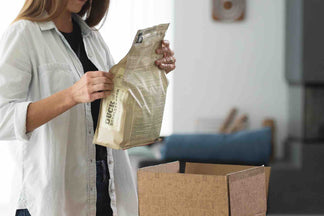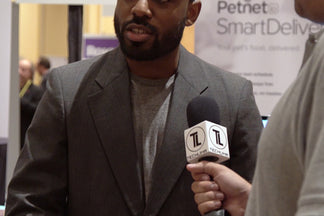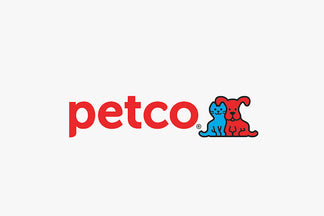As we countdown to the launch of SmartFeeder, we wanted to share some insights from our journey in creating this new product. In this post, we summarize the five main phases we went through, or are going through, to get from idea to fulfillment. This is the first of a multi-part series. In future installments, we will take a deeper dive into each step and provide some real examples from our own experiences.
Conceiving of and manufacturing a physical product, especially one as technical as the SmartFeeder, requires a lot of hard work, coordination and flexibility. Decisions made along the way can have a major impact on the timelines and feature set of the the final product.
Ideation...
Ideation was the first step in our journey. This is when we first conceptualized the product and its key features. Having a well rounded team at this early stage was very important. That allowed us to answer the broad questions and assess product and feature feasibility early on. More than just coming up with the idea, for us, the ideation phase included initial feature vetting and refinement of the first version of the product.
If at first you don’t succeed…
Once we had an idea of the desired features, our next step was the research and development (R&D) and prototyping phase. In this phase, we tested our product ideas through the building of prototypes (which are used as working models of the product). During the iterative R&D phase we discovered features to include in the product, and found that some features that we initially wanted were not practical to implement on a cost effective basis.
Often, there will be several rounds of prototypes built before the design is finalized. In our case, we went through five prototypes before arriving at our sixth and final design to be manufactured.
Now the real work begins…
Our third phase was the productization phase, where our objective was to build something that could be mass produced. Sometimes referred to as DFM (designed for manufacturing), this entailed building and testing the tools and molds that will be used on the production line. Here we found that small changes to draft angles and other specifications can have a domino effect on the product design and components and cause marked changes in timelines and costs. This was a critical phase, requiring many iterations, before we could move to the next phase.
One for you and you and you…
We are currently in the production phase. It is important to realize that our production line (like most) is made up of people and they need to be trained on the product and process before they can get to maximum efficiency. Like with other projects, there is a definite ramp up time.
The final stretch…
Order fulfillment and logistics is a crucial step that answers the question: how do we get the product to the customer and back from the customer (if necessary). Working through the details of this phase has involved making decisions on numerous issues including how to load a container (i.e. floor to ceiling boxes, in pallets, etc.), shipping preferences (i.e. air freight, container ship, etc), and many many more.
In our next installment of this series, we will dive into the ideation phase and share some of the specific insights and decisions that we made along the way.



 Company
Company
 Company
Company
 Company
Company
